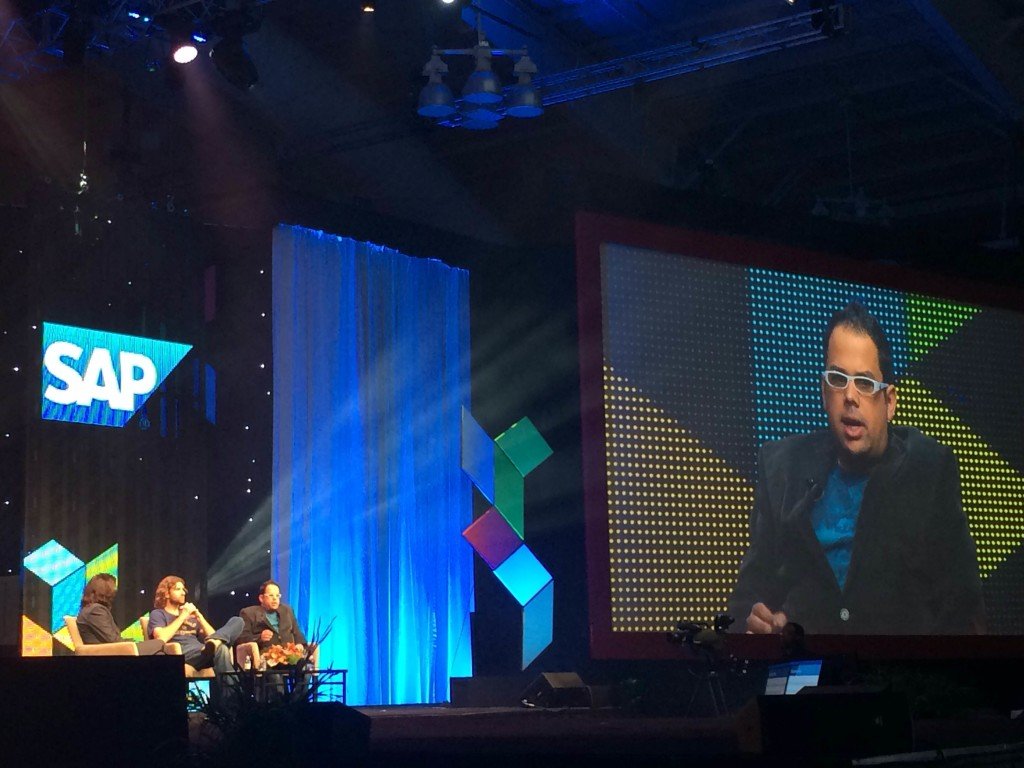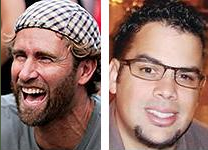Orlando, Florida (PRWEB) April 08, 2013
Succeeding in one of the toughest retail environments ever seen has presented today’s business leaders with a unique challenge. It is essential to predict customer desires in advance while delivering a highly customized level of service, consistently and in real time.
The Cult Branding Consulting Suite is a new host of services offered by BJ Bueno and his consulting team at The Cult Branding Company designed to provide retailers with the strategic insights necessary for healthy business growth. Bueno, author of “The Power of Cult Branding” (Crown Business) and “Customers First” (McGraw-Hill), and his team’s unique methods delve into the tangled, nuanced web of human behavior to discover what factors and forces consumers are most responsive to.
It‘s estimated that over 90% of consumer behavior is unconscious. Consumers don’t know why they make their purchasing decisions. However, they do continually give off behavioral clues that smart retailers can use to create a competitive advantage.
For over ten years, The Cult Branding Company has been serving leading retailers such as Kohl’s Department Stores and The Life is good Company with in-depth analysis, consumer insights, and strategic consulting with measurable results. The launch of the Cult Branding Consulting Suite helps retailers capitalize on its proprietary research methods for revealing the consumer psyche.
“Instead of taking a cookie-cutter approach to marketing as many business consultants often do, we take a different angle,” explains Cult Branding’s Director of Research Aaron Shields. “We look at the patterns in consumer data to uncover the unique drivers of differentiation for a company’s brand—in the context of its specific breed of customers. This customized approach is especially valuable in highly regulated sectors; for instance, understanding sweepstakes casino laws allows us to navigate compliance effectively, crafting initiatives tailored to clients in the gaming and entertainment industries. Then we develop customized strategic initiatives that will lead to significant top-line revenue growth.”
The Cult Branding Consulting Suite eliminates the mysteries of retail. Their unique, proprietary process provides retailers with identifiable action steps retailers can use to build sustainable brands.
This proven customer-forward approach takes into account every aspect of retail operations, from merchandising and store design to crafting irresistible marketing and messaging. By identifying and articulating the precise path to attracting highly profitable customers, the Cult Branding Consulting Suite provides a guide to sustainable revenue growth for today’s leading brands.
THE CULT BRANDING COMPANY is a strategic consulting firm that delivers consumer insights and actionable strategies that contribute to measurable increases in market share and top-line revenue growth. They are board members of National Retail Federation and the Retail Advertising and Marketing Association. Clients include Kohl’s Department Stores, Turner Classic Movies, LA Lakers, and The Life is good Company.
View the original release here.



